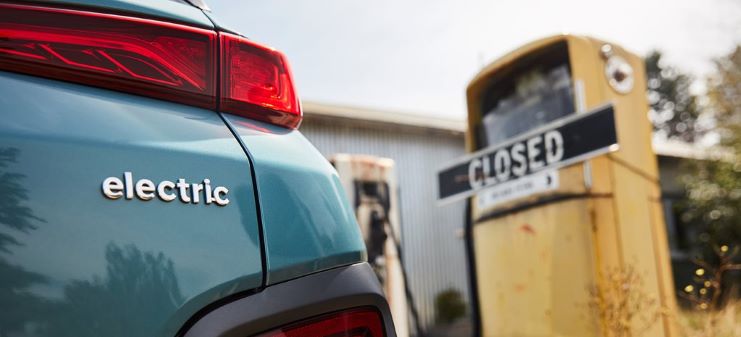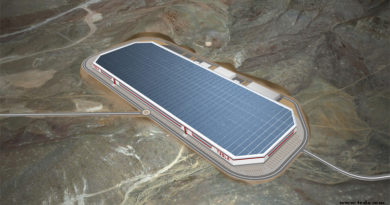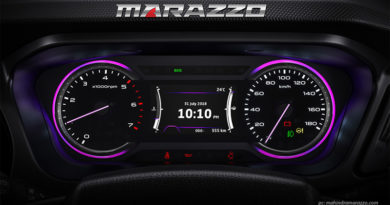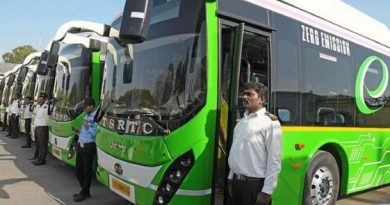NITI Aayog Proposes ‘EV Only’ Market After 2030

In a drastic move to completely phase out the sale of diesel and petrol cars, the government think tank NITI Aayog has proposed that only electric vehicles should be sold after 2030. This signals the expansion of scope of green transportation and clean fuel technology beyond two- and three-wheelers. However, noone has any doubts about the feasibility of the move, considering the stiff resistance from the auto sector, as reported earlier.
In May, NITI Aayog had proposed a ban on the sale of ICE engine 3 wheelers by March 2023.The Indian Government think-tank suggested a complete switch to use two and three wheelers in a phased manner from March 31, 2023. The Niti Aayog CEO Amitabh Kant led the bench that made these recommendations. The recommendations also included cut-off date that will see the government roll out a comprehensive scrapping policy and ‘polluter-pays’ model to encourage rapid transition to electric vehicles. To further make electric vehicles lucrative, the committee has proposed doubling the subsidy for electric three-wheelers under FAME II scheme to Rs 20,000 per kwh to bring initial prices of electric three-wheelers on a par with ICE three-wheelers.
Soon after this, Society of Indian Automobile Manufacturers (SIAM) called for ‘practical’ targets for electrification of the two and three wheeler sector and cautioned the government over the draft electric vehicle policy. SIAM then suggested that there is a need for a ‘well laid out’ roadmap for an ambitious electric vehicle rollout over a practical timeframe along with an integrated plan for setting up the necessary infrastructure across the length and breadth of the country, in consultation with all stakeholders.
Despite the clarion call from the auto industry, NITI Aayog has now moved a Cabinet note, seeking to fix responsibility for different ministries, with the road transport and highways ministry proposed to prepare a framework to phase out the sale of diesel and petrol vehicles by 2030. It has also suggested that the ministry pilots an e-highways programme – with an overhead electricity network – to enable plying of trucks and buses on select National Highways and for the pilot, the upcoming Delhi-Mumbai expressway will be the ideal stretch.
These proposals are part of the plan to manufacture 50 GWh batteries by 2030.
The proposal includes giving Gadkari’s ministry the task to issue norms for cab aggregators to replace all diesel and petrol-fuelled vehicles with EVs by 2030. Similarly, the heavy industries ministry would go for complete replacement of all diesel/ petrol vehicles with EVs of all central ministries, agencies and public sector by 2030.
For giga-scale battery manufacturing, NITI Aayog has proposed on extending financial incentives to the investors including cash subsidy on the basis of overall domestic value addition per kilowatt hour (KWh) basis. It has estimated that the annual subsidy outgo would be around Rs 8,000 crore. The subsidy will be given to the manufacturers after the actual sale.
- To ensure no monopoly of the manufacturers and the batteries are manufactured domestically:
- The maximum cash subsidy would be for up to 20 GWh per firm
- Rs 2,000 cash subsidy will be for one KWh only for 100% domestic value capture, which means the minimum percentage of manufacturing in India.
- It has also proposed that any manufacturer has to go for 60% domestic value capture and in those cases the cash subsidy would be Rs 1,200 per KWh.
India wants its automobile industry to progressively shift to electric vehicles as part of its strategy. Sources say the companies bidding for the scheme would have to go for at least 5 GWh battery manufacturing and they would have to achieve the target in five years. In case of failure to meet the target, the cash subsidy per KWh battery would be slashed.
It has also projected that while 79% of the battery pack can be indigenized only 21% minerals will need to be imported. It also estimates that battery manufacturing in this large scale would generate about 10 lakh direct and indirect jobs. To attract investors, it has also proposed a complete tax exemption on the capital expenditure during the first year and other concessions besides making land and other clearances available.




